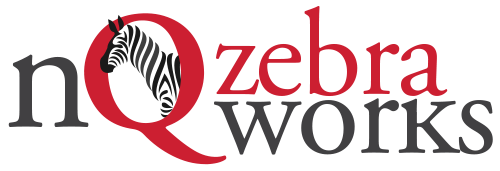The average small law firm collects $748 for every $1,000 in billable work, while large law does slightly better at $770 out of every $1,000.
Either way, firms aren’t getting paid for 30%+ of the work they do. Optimizing this disconnect is the easiest way to change how partners feel about their financials.
The 30%+ gap comes from two levels: how much of an attorney’s work gets billed, and then how much of that gets paid. We call that billed realization (average 85%) and paid realization (average 89%). Assuming you have those performance numbers handy – and absolutely every firm should – before you congratulate yourself or become too glum on your performance, it’s important to realize that it changes dramatically based on practice area, from government at 97% to bankruptcy at 72%.
Firms often make up for these issues with a simple tactic: raising rates. Given inflation, rate increases are getting a lot of attention in firm management committee meetings these days. That’s going to be a two-way conversation with clients, who are having the opposite meetings, focused on keeping costs level. Something else to think about: as rates have increased the last few years, realization has decreased in similar fashion, neutralizing the affects of the rate increases.
What if, instead of raising rates, or in addition, you focused on closing the 30%+ gap?
Easing in “Favored” Clients
In regards to raising rates, there is often resistance to applying those increases to existing “favored” clients. This results in a hidden reduction in realization not reflected in firm reporting and often forgotten in client negotiations to get paid.
As an alternative, consider negotiating with that favored client for a period where you agree to do write-downs to the original rate. It’s then properly reflected in your analysis, the client understands the special dispensation they’re receiving, and you have a built-in timetable to catch up with the new rates.
Speed Kills
Speed kills – it kills lost money, it kills the 30%+ gap. The faster everything happens in your billing process, the more your realization numbers will improve.
When you add WIP turnover (the number of months it takes to bill work-in-process) to A/R turnover (the number of months it takes to get paid), the average is 4.5 months. That’s 4.5 months from when you did the work to when the client pays for it! We want to reduce this time to keep the value fresh in the client’s mind.
Fast Billing
WIP turnover is completely in the firm’s control. That doesn’t mean it’s easy, but focusing on it by aligning attorney incentives with sufficient billing staff resources works. Combined with workflow automation to remove manual steps, you can have a material effect on WIP turnover.
If you still have some printed statements being mailed, now is the time to make the jump to all email, all the time.
Next step is reducing A/R turnover:
Consistent Communication
Our goal is simple: consistent, professional communication for following up on A/R. Define follow-up messages up front so that your billing clerk doesn’t have to figure out what to say in regular Over 30, Over 60 and Over 90 messages.
It’s always a challenging subject when reaching out to clients, but the results speak for themselves. You may need to start with a smaller group of billing attorneys to show the way for the rest of the firm. We’ve found some effective ways to get attorney buy-in:
- Attorney review of A/R notices provides the opportunity to customize messages or not send a follow-up to a client with which they’ve just discussed the issue.
- Customize follow-up by client. You may get an attorney to apply A/R follow-up to the majority of their clients by excluding a handful.
Automated workflows are key to having a scalable, consistent approach to A/R follow-up.
Electronic Payments
Want to get paid? There is nothing easier you can do than making it easy for clients to pay.
Companies are now accustomed to making ACH payments and, along with consumers, want the convenience of using credit cards.
Businesses outside the U.S. wonder why we put up with all these paper checks.
Avoiding A/R Entirely
The easiest way to avoid realization issues is to just not have them at all, which is becoming increasingly common in many small business and consumer practice areas:
- Evergreen trust account: turn the standard of requiring an upfront trust deposit and turn it evergreen. For example, you might require a $5,000 trust deposit for a family law matter and then set a $2,000 floor. When reaching that floor (taking WIP into account), the client is asked to make another deposit to the trust account for work to continue.
- Automatic electronic payments: it’s required in the engagement letter to maintain ACH or credit card information on file. You can then agree with your client to either apply payments to new billing immediately or after a set time period, say 20 days, providing the client time to review the bill before it’s paid.
Bottom line, raising rates isn’t the only solution, and by itself, definitely not the best solution. What really matters is improving realization, at whatever rate.
Why don’t more firms do this? Well, it’s a lot of work. It’s why we leveraged our Queues workflow engine to creating the billing automation in BillingQ and the dashboard analytics in DataQ.
Author



